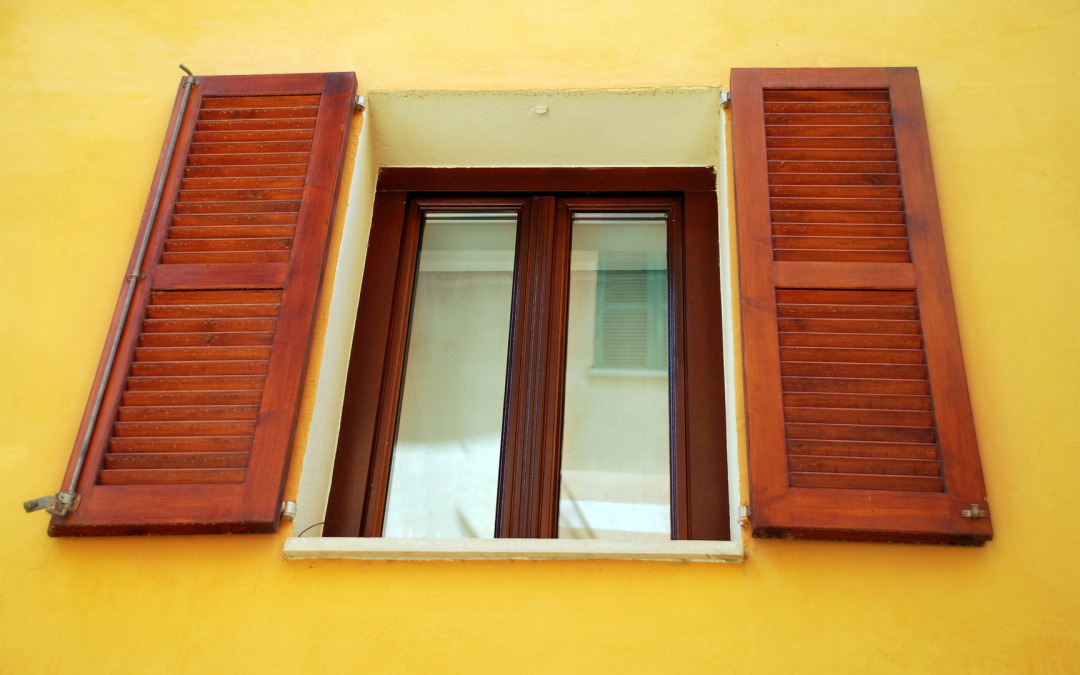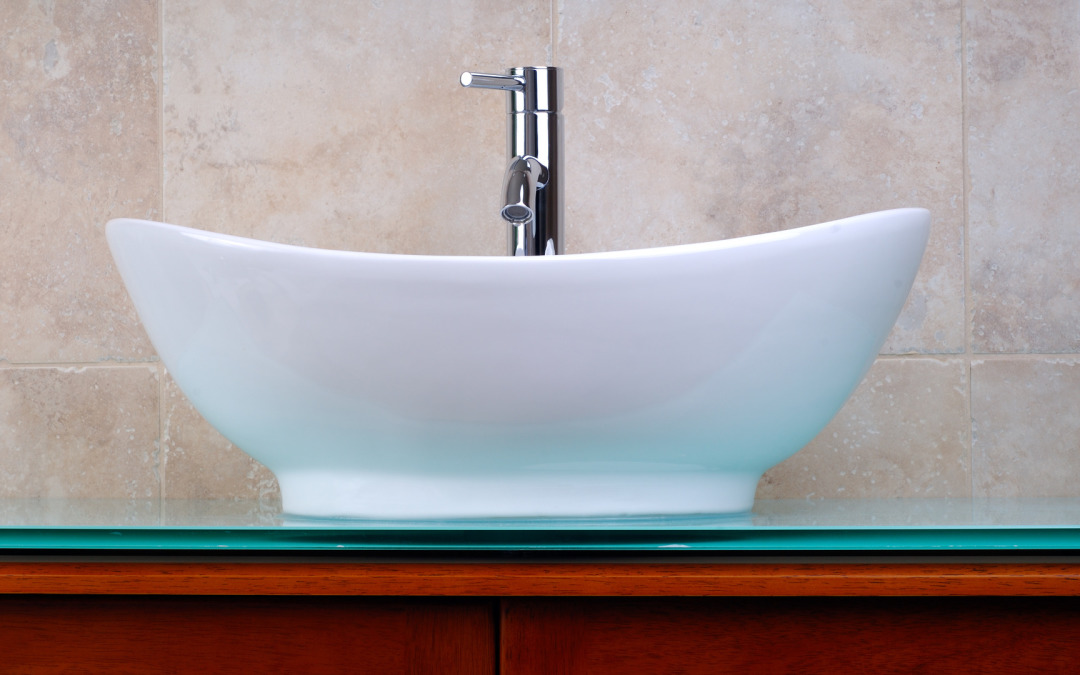If you want to make your remodel project shine, finalize your lighting design before you select paint and carpet colors. The light you choose to illuminate tasks or set the mood will change the way you see color throughout the room. The Robin’s Egg Blue you picked could look like Paris at Sunset under some kinds of light.
It’s all determined by the way light and colors interact.
“People have to understand that the color of an object won’t look the same 24 hours a day,” says lighting designer Joseph Rey-Barreau. “I just had bamboo flooring installed throughout my house, and during the day it looks totally different than it looks at night.”
The way we “see” color primarily depends on two things:
1. The light that an object absorbs. Black absorbs all colors; white absorbs none; blue absorbs red.
2. How the light source works. Natural light (sunlight) changes throughout the day and is affected by a room’s location. Artificial light changes with the type of bulb you use.
How Sunlight Affects Colors
As the amount and angle of the sun changes, so will your room colors.
“Natural light should always be considered when choosing color for a space,” says Sarah Cole of the Farrow & Ball paint company.
North-facing rooms: Light in these rooms is cool and bluish. Bolder colors show up better than muted colors; lighter colors will look subdued. “Use strong colors and embrace what nature has given,” says Cole.
South-facing rooms: Lots of high-in-the-sky light brings out the best in cool and warm colors. Dark colors will look brighter; lighter colors will virtually glow.
East-facing rooms: East light is warm and yellowy before noon, then turns bluer later in the day. These are great rooms for reds, oranges and yellows.
West-facing rooms: Evening light in these rooms is beautiful and warm, while scant morning light can produce shadows and make colors look dull.
How Light Bulbs Affect Color
The type of bulb you use can alter the colors in a room, too.
Incandescents: The warm, yellow-amber light of these bulbs will make reds, oranges, and yellows more vivid, while muting blues and greens.
Fluorescents: This flat and cool light enriches blues and greens.
Halogens: These white lights resemble natural light and make all colors look more vivid. Using halogens would make the shift from daylight to artificial light less jarring.
Compact fluorescent lights (CFLs): CFLs can produce either a warm white, neutral, or bluish-white light.
Light-emitting diodes (LEDs): You can buy warmer or cooler LEDs, and even “smart” LED bulbs whose color you can control wirelessly. “You can point to the color of the sky in a picture at sunset and make the light bulb in the house be that same color,” says Rey-Barreau.
Related: The Latest In Lighting Trends to Enhance Your Home
Tips for Achieving the Color You Want
- Paint squares of primed drywall with samples of the colors you’re considering, and then move them around the room during the day. Apply at least two coats.
- Evaluate samples of carpet during different daylight conditions.
- Most contractors won’t hang lights before you paint, but you can get a color approximation by placing a bulb you’ll be using in a floor or desk lamp. If you’re hyper-sensitive to color or want a very specific look, ask your electrician to hang the lights, then cover them carefully during painting.
- Remember that natural and artificial light will work together during certain times of day, especially in summer when dusk lasts a long time. Turn on artificial lights even during daylight to see what your colors will look like.
- Paint sheen also affects color. Glossy finishes will reflect light and change the way the color looks, whereas flat finishes are less reflective and allow colors to look truer under bright light.
- Light-colored walls can reflect the colors of bold carpets: A bright blue rug, for instance, can cast a bluish tone on a white wall.
By: Lisa Kaplan Gordon:© Copyright 2015 NATIONAL ASSOCIATION OF REALTORS®





